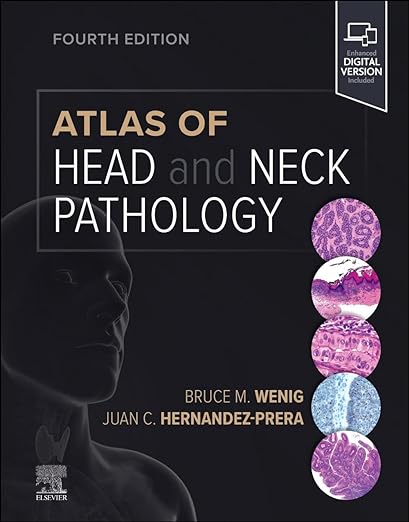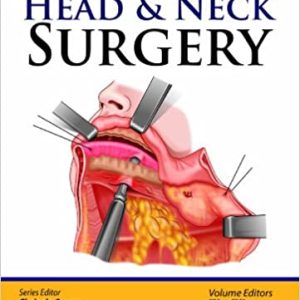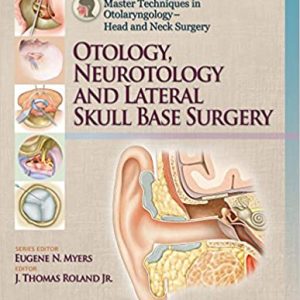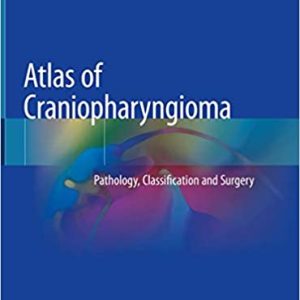Description
The rapidity of change in pathology diagnostics—
especially, but not limited to, cancer diagnosis—with
constant and ever-advancing information makes updat-
ing any text on this subject matter a daunting task. The
revision of the Atlas of Head and Neck Pathology, now
in its fourth edition, has been daunting, including the
dedicated time and effort away from family needed to
complete it, but also in ensuring the inclusion of the
constant flow of updated information relative to the
diseases under discussion. Molecular diagnostics has
become a critical element in cancer diagnosis specifi-
cally (but not solely) in the advancing targeted thera-
pies offering better outcomes and, more importantly, in
offering hope to patients and their families in treating
diseases that previously were considered untreatable or
incurable. For pathologists, advances in molecular biol-
ogy have provided a better understanding of the diseases
we diagnose. However, in compiling a book such as this
one, the advances in molecular biology are akin to a
moving target with near daily publications documenting
new information and/or information that might render
prior knowledge outdated. We have, to the best of our
abilities, tried to provide the most current and relevant
information to the diseases included in the Atlas. We sin-
cerely hope we have succeeded in this endeavor and also
hope that we have made this atlas a valuable resource to
a wide spectrum of individuals with interest in diseases
of the head and neck.
The fourth edition of the Atlas of Head and Neck
Pathology updates and revises the information detailed
in the previous edition. The same format is followed
as in the prior editions with information provided in
accessible bulleted statements rather than in a narrative
style. Various sections have been expanded to include
newly identified entities and/or variants (subtypes) of
previously well-established tumors. We have included
as much molecular diagnostic information as applicable
in the identification of new diseases/neoplasms, in the
understanding of their etiology and pathogenesis, and in
advances in treatment and prognosis. The illustrations
are a key component of any atlas. To this end, there are
a total of 4098 images in the this edition, including 1008
new images.
It is my honor to include my colleague Juan C.
Hernandez-Prera as a coauthor of this edition. Juan
is a superb diagnostic surgical pathologist and one of
the ascending head and neck and endocrine patholo-
gists, surely to become a worldwide recognized leader
in our subspecialty. Juan and I are fortunate to work
at the Moffitt Cancer Center in Tampa, Florida. The
Moffitt Cancer Center is an elite national and interna-
tional cancer center whose entire staff is dedicated to
treating cancer patients and in finding a cure for cancer.
We are fortunate to be in an academic environment led
by individuals who value the contributions of the entire
Moffitt staff and provide an environment that fosters
academics, diagnostics, education, research, collegial-
ity, and wellness. In particular, we wish to recognize our
department’s faculty, administrators, directors, manag-
ers, supervisors, and technical staff for all their contribu-
tions to fulfill our mission of being a premier academic
pathology department and in their contributions to the
overall care of the Moffitt cancer patients.
Thanks to Ryan Starling, the “Radar O’Reilly” of
our department, who looks out for us and manages to
keep “the hounds at bay” on a daily basis.
We are also indebted to the individuals at Elsevier,
including Michael Houston, Kathryn DeFrancesco,
Dolores Meloni, Kayla Jarman, Belinda Kuhn, Carrie




